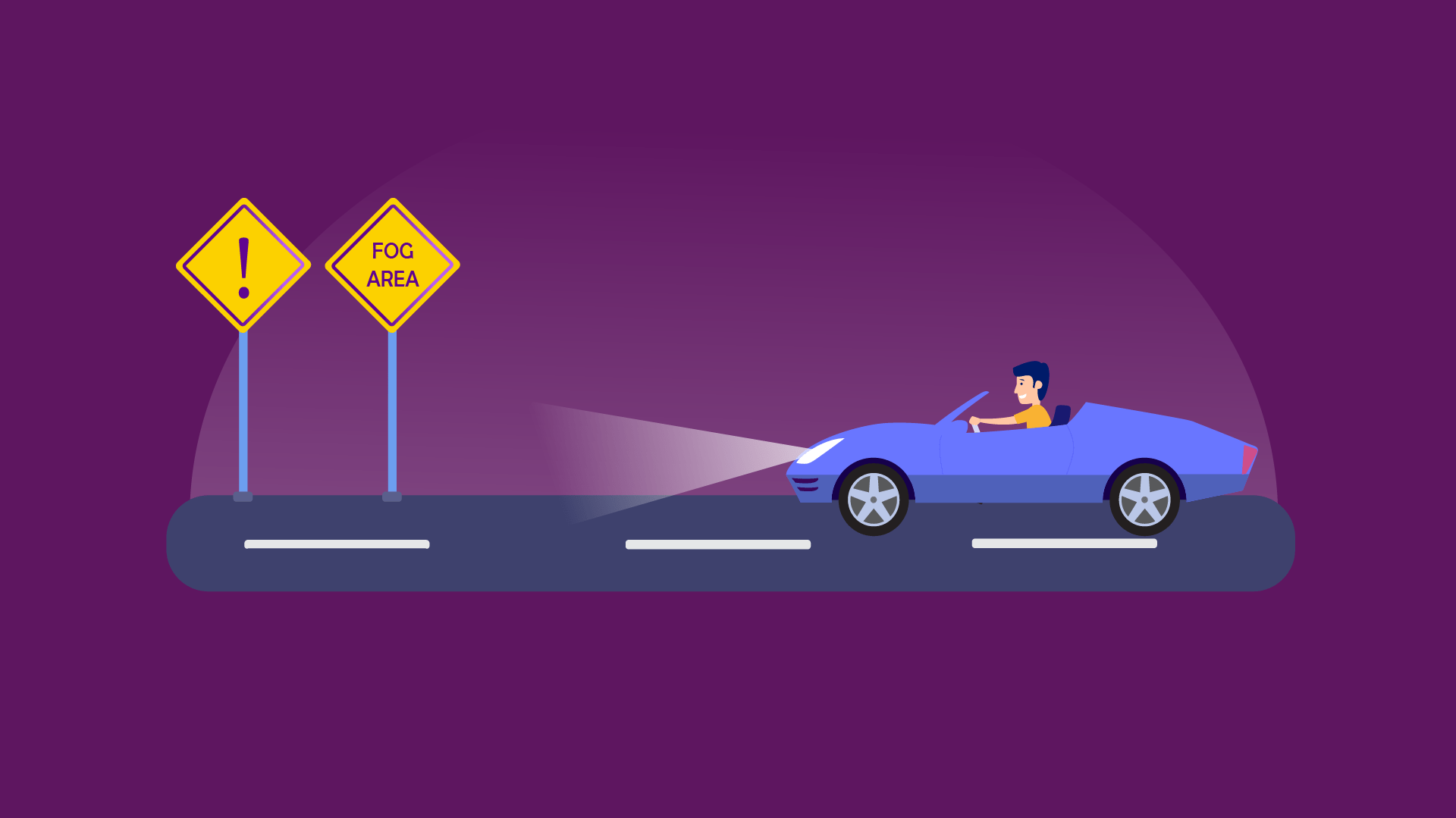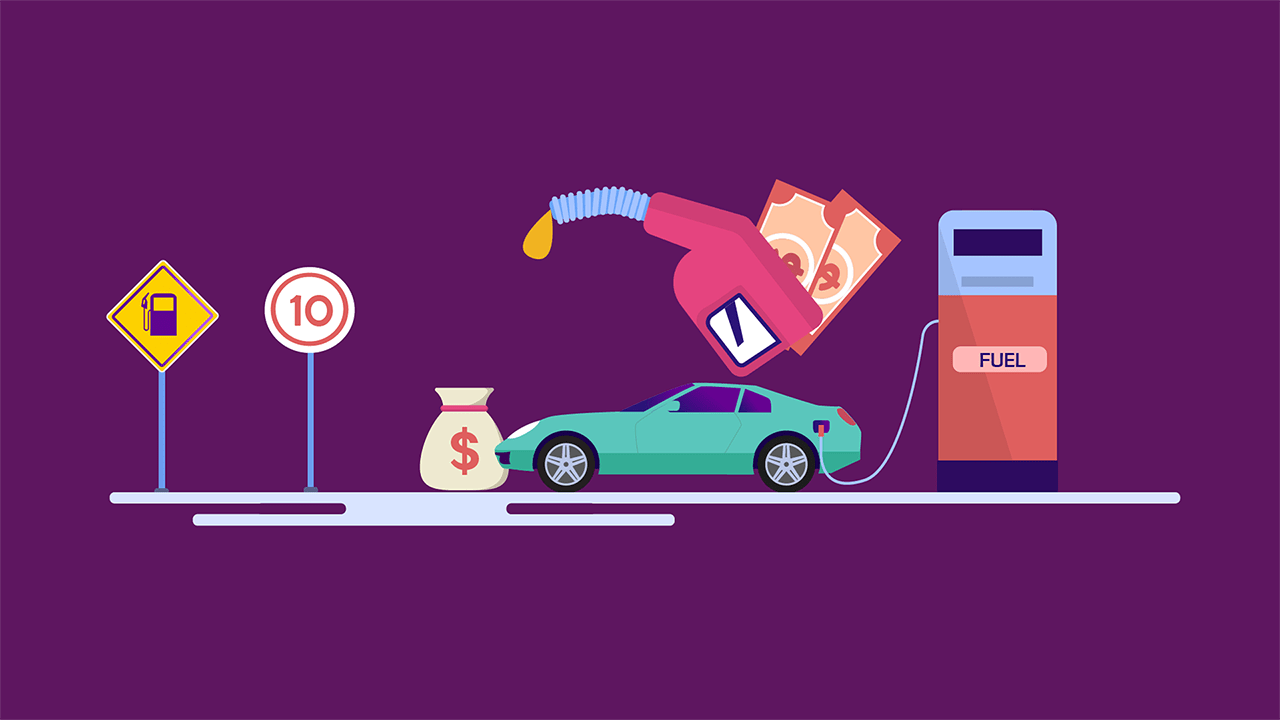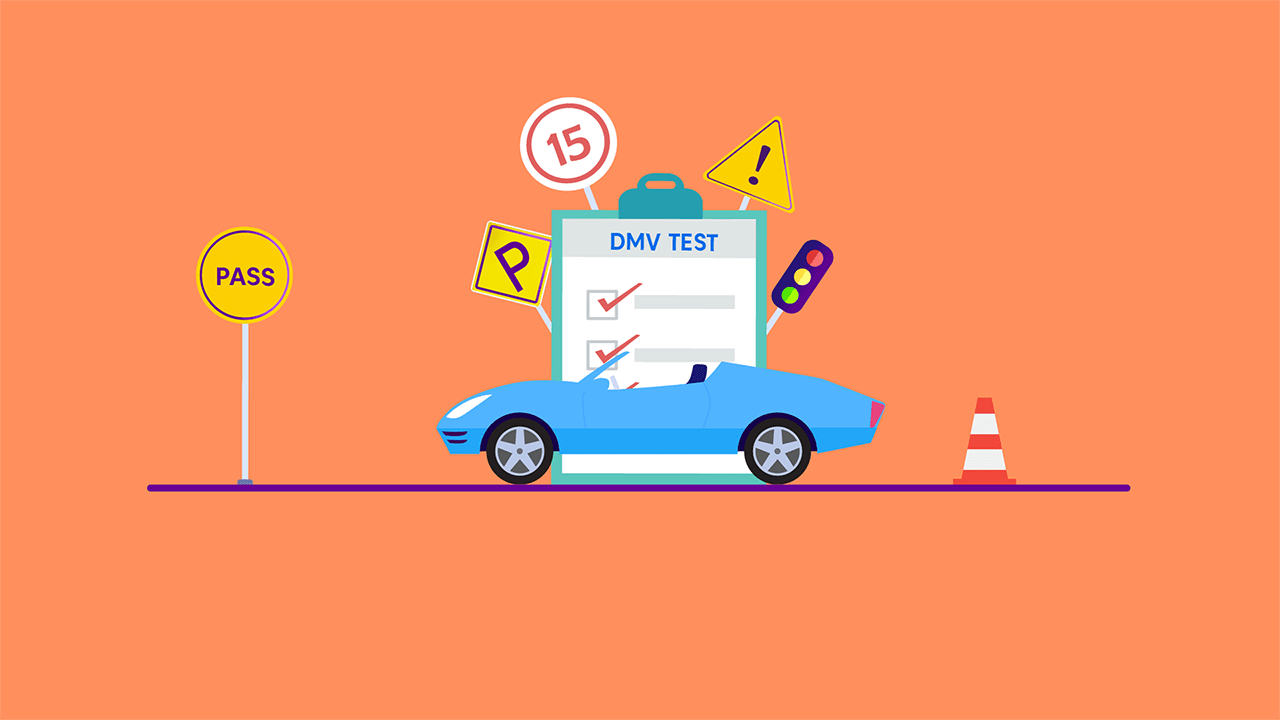6 Expert Tips for Safe Driving | Driving in Fog
By Umm e Hani on Apr 03, 2024
Contents
- When to Use Your Fog Lights
- 6 Safety Tips For Driving In Fog
- Stay in your lane!
- Park and Wait in Fog
- Don't Speed in Fog
- Use Low Beam Headlights in Fog
- Signal to Alert Others in Fog
- Don't Overtake in Fog
- That’s a Wrap!
- FAQ
Remember, when you're driving in thick fog, being able to see well is the most crucial thing.
Driving in fog might seem cool, but it can be risky. In foggy weather, you have to trust your instincts to navigate, which isn't the best way to do it. There are some useful tips to help you stay safe and avoid accidents in foggy roads.
Just remember, seeing clearly is super important when driving in fog.
When to Use Your Fog Lights
Use your rear fog lights when driving in the fog, but only if visibility is less than 100 meters. If you can see the rear lights of the car in front clearly, you don't need your rear fog lights on.
If visibility is greater than 100 meters, use dipped headlights instead. Using both front and rear fog lights can blind other drivers and make the situation worse.
If your car has automatic headlights, manually switch them on when driving in fog.
Even if there are no cars in front of you, use dipped beam headlights, not full beam. Fog acts like a big mirror, and full beam will dazzle you with reflected light. If your car has front fog lights, they might be helpful in these conditions.
6 Safety Tips For Driving In Fog
Stay in your lane
When driving in fog it is best to drive within your lane. It will help you avoid accidents. When it's hard to see because of fog, watch the traffic in front and stay in your lane by following the road markers. If you're on a one-lane road, drive on the left to prevent crashes.
Park and Wait in Fog
If you're unsure about driving safely in fog, it's best to avoid it. When you can't see anything, find a safe spot to park your car and wait until it gets better. Don't forget to turn on your hazard lights and parking lights.
Don't Speed in Fog
Going too fast in low visibility is a bad idea. Even if it feels exciting, it's not safe for anyone. Don't speed, even if you don't see other cars because of the fog.
Use Low Beam Headlights in Fog
You might think using high beams in thick fog is a good idea, but it's not. It can make it harder to see. If you can't see the road clearly for less than 100 meters, use low beam headlights and turn on your fog lamps.
Signal to Alert Others in Fog
Good drivers should also be kind to other drivers on the road. In fog, use your turn signals or hazard lights to let others know what you're doing. When you're about to turn, use your indicator at least ten seconds before so that cars behind you have enough time to slow down or change lanes safely.
Don't Overtake in Fog
In foggy weather, it's best to avoid passing other cars. Overtaking can lead to accidents.
And when you're driving in thick fog, make sure your vehicle is ready for cold weather. If you live in an area with harsh conditions, you can search for nearby roadside service shops. But if you're stuck on a wet road, how do you get there? You can compare tire prices and find the best ones online.
That’s a Wrap!
If you find yourself in foggy conditions that become overwhelming or make you feel disoriented while driving, the best course of action is to pull over to the side of the road. Turn on your hazard lights to alert other drivers to your presence. Fog is often most prevalent in the early morning, but it typically dissipates as the sun rises, improving visibility.
However, if you're driving in extremely dense fog at night, it can be particularly challenging on your eyes. In such cases, it's advisable to take periodic breaks to rest your eyes, ensuring you can continue driving safely.
FAQ
What Should You Do When Operating In Conditions Of Reduced Visibility?
In reduced visibility conditions, pull over or drive cautiously, using low beam headlights and fog lights if necessary.
What Lights Should You Use In Fog?
When driving in fog you should use your low beam headlights, and if your vehicle is equipped with them, front and rear fog lights.
How Close Should I Get To The Car In Front When It's Foggy?
In foggy conditions, maintain a safe following distance by staying at least three seconds behind the car in front to allow for sudden stops.


